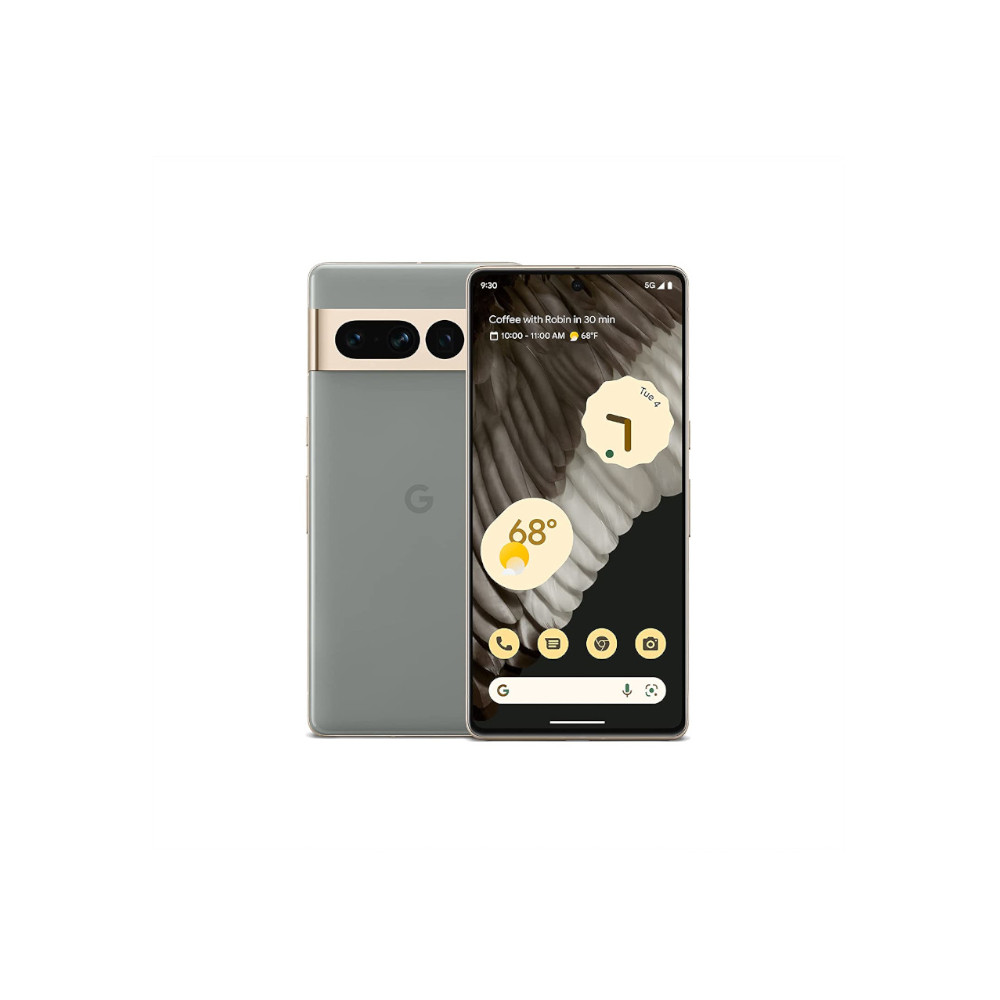Affiliate links on Android Authority may earn us a commission. Learn more.
Google's Pixel 7 proves that raw specs aren't all that anymore
Published onOctober 12, 2022
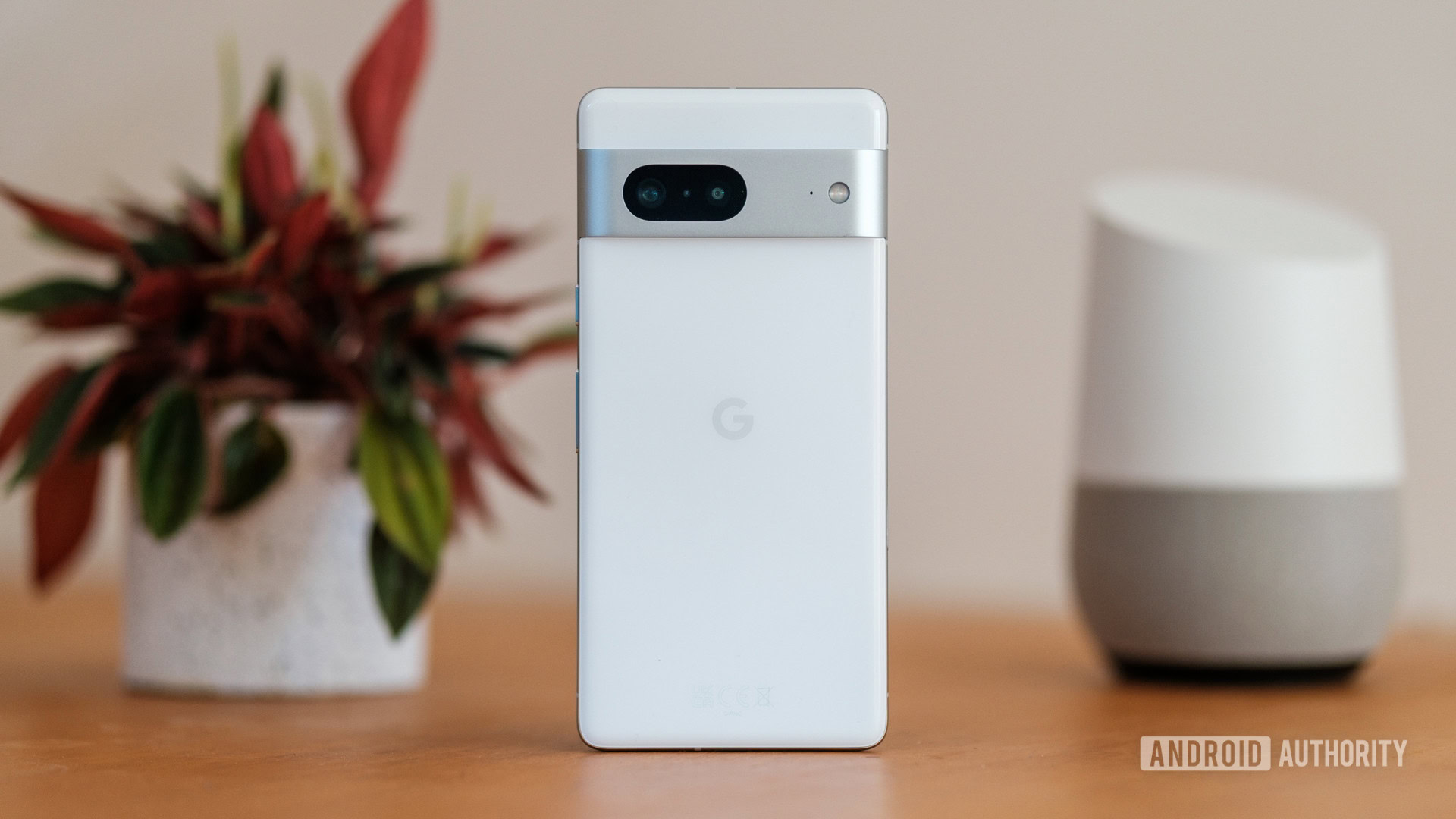
Having spent a few days with the affordable Google Pixel 7 in the build-up to our review (we need a little more time to test it properly before delivering a verdict), one thing has already struck me about this phone — you really don’t need cutting-edge specs for a flagship experience anymore.
This isn’t to say that hardware doesn’t matter. The Pixel 7 and 7 Pro still pack high-end features, including fancy high refresh rate displays, a 5G modem, and machine-learning silicon that’s among the best in the business. But the Tensor G2 processor’s traditional specifications (the CPU and GPU) are far from the highest performing around. Furthermore, the chip is still built on Samsung’s older 5nm manufacturing line, while others quickly advance to more efficient processes to help drive peak performance higher.
Day-to-day performance is a solved problem, Google wants to sell you on more unique experiences.
We’ve said it numerous times before, but day-to-day performance is largely a solved problem and has been for several years. You certainly don’t need a brand-new processor, better screen, or faster networking for Facebook or TikTok. Barring one or two more demanding titles, mobile gaming performance is plenty snappy on chipsets that are a couple of years old as well.
As such, many of the Pixel 7’s most defining features leverage Google’s investment in AI silicon and simply wouldn’t be possible if the company had chased traditional performance vectors instead. Google didn’t focus on specs at all during the Pixel launch event; it simply doesn’t care about them. But it did spend plenty of time talking about the new experiences and features this phone offers — and for good reason.
Best-in-class photos without the cost
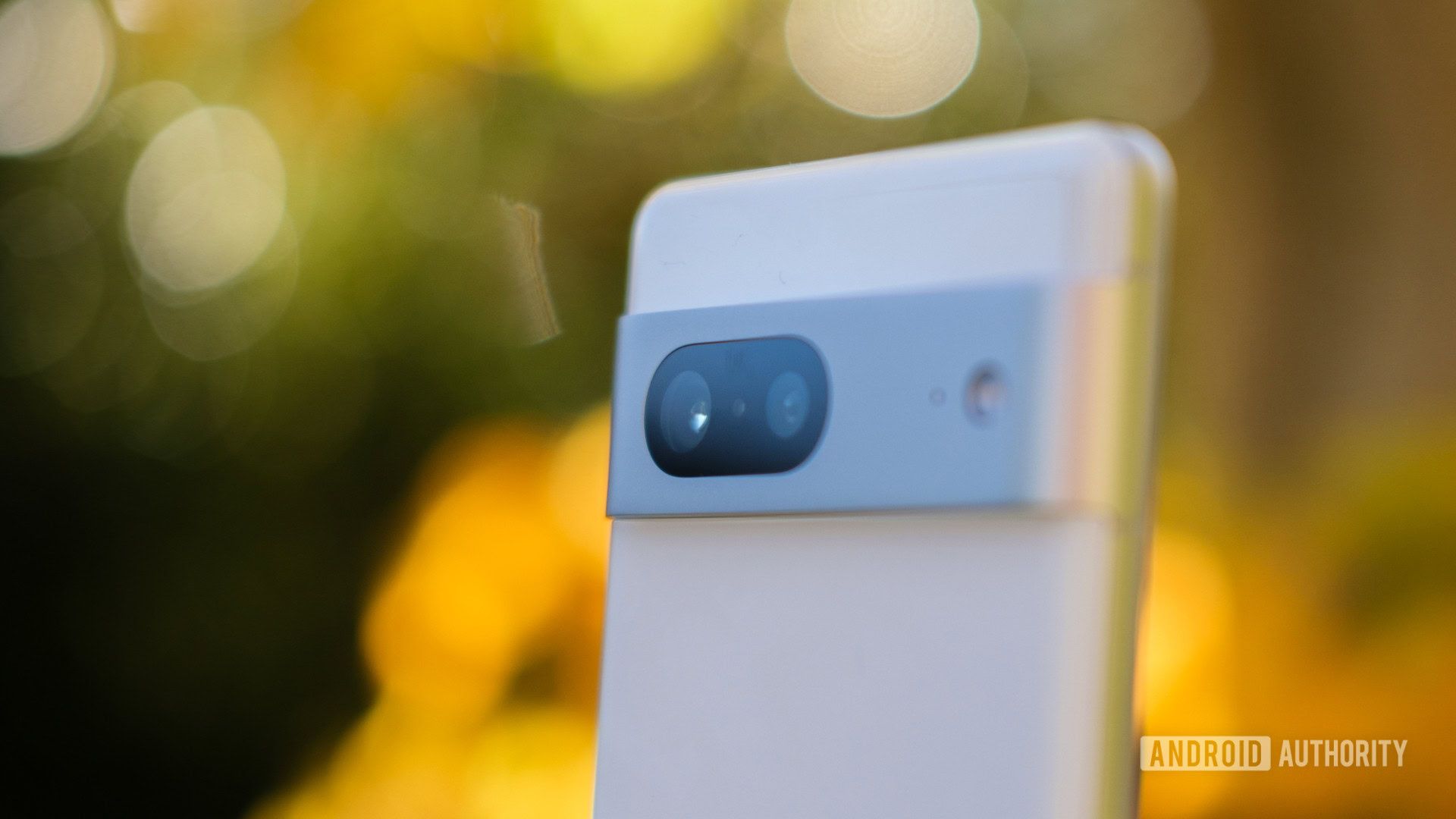
Take photography, for example, the cornerstone of Google’s flagship smartphone credentials. Although there are several great camera phones to buy, only Google’s phones sport the impressive Super Res Zoom capabilities for solid long-distance photography without the need for dedicated zoom lenses. Likewise, the phone excels at astro and low light photography (the latter of which now processes twice as fast), Cinematic blur for high-end video, and Guided Frame to help people with low vision take better selfies. Remember, this is a $600 phone, too.
Just take a look at some of the samples below. These are only possible thanks to Google’s tight integration between AI and imaging inside its processor. Of course, the Pixel 7 Pro model can go even further with long-range zoom and enhanced macro capabilities, but the regular 7 is mighty impressive.
If the above hasn’t quite convinced you of the phone’s photography capabilities, I briefly took the regular Pixel 7 out alongside the $1,099 Apple iPhone 14 Pro Max as well.
Can the $599 Pixel 7 take better pictures than the $1,099 iPhone 14 Pro Max?
Now, Google’s affordable phone doesn’t offer the telephoto or macro capabilities of Apple’s absolute best. It certainly can’t compete on zoom; you’ll want the Pixel 7 Pro for that. Even so, for the bulk of your photos and selfies, Google’s latest affordable flagship actually does an equal, if not better job. Pay particular attention to the dynamic range and colors in the snaps below. Google’s handset does a fantastic job of reproducing realistic colors even in tough lighting environments.
As we’ve come to expect, the Pixel 7 absolutely excels in HDR and low-light environments to the point where it bests a phone that commands almost double its price. Machine learning smarts continue to play a huge part in Google’s photography success and clearly make the Pixel 7 an absolute steal for those after a simple, affordable, yet brilliant point-and-shoot experience.
Creating bespoke, Pixel-only experiences
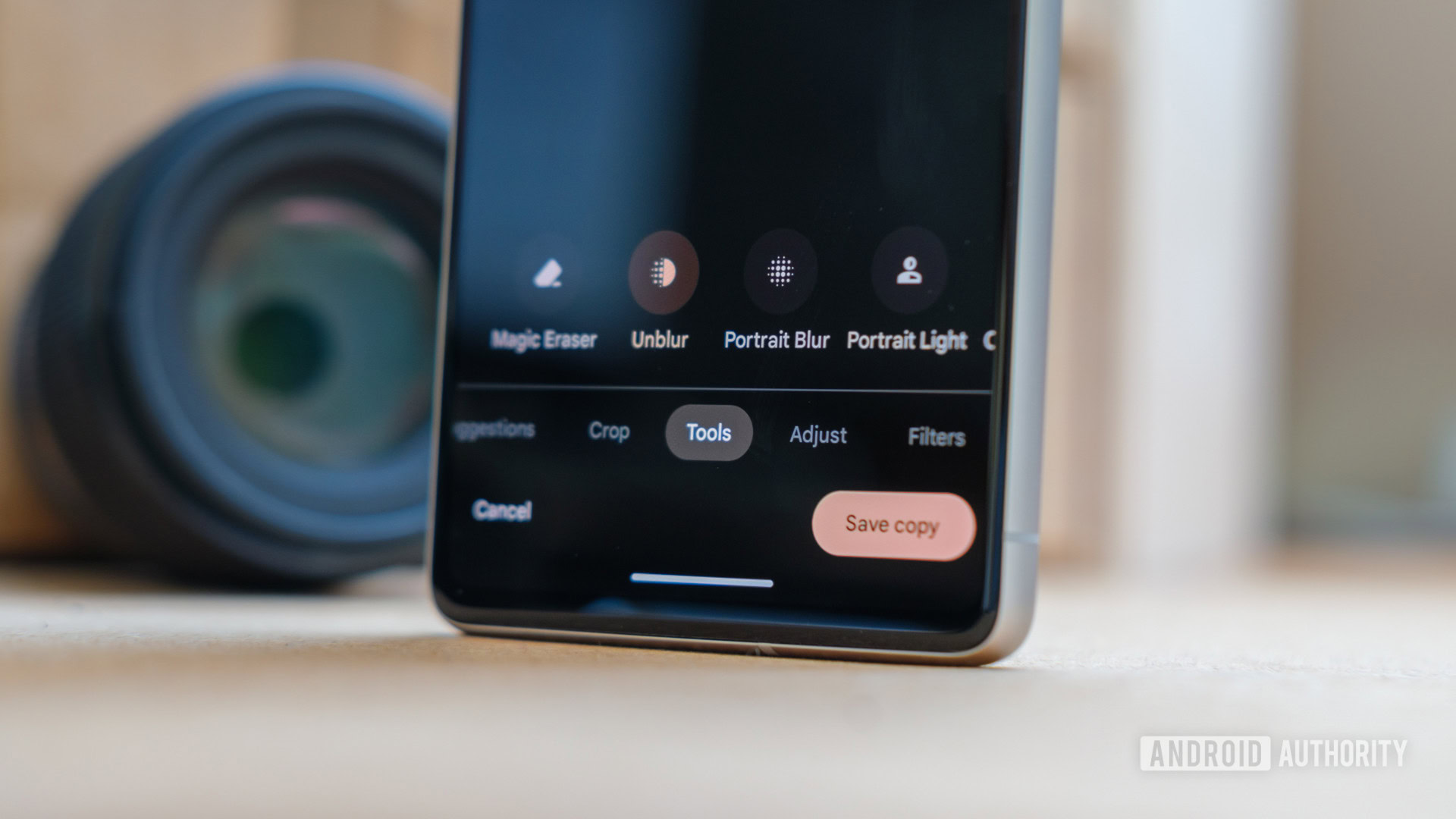
Sticking with photography for a minute, Photo Unblur is an even more unique feature, sparking new life into old pictures. Based on our experience, it’s an incredibly powerful tool, even if it’s not something you’re going to use very often. Much like Google Photos’ Pixel and Google One subscriber-exclusive features, Google is extending its machine learning tentacles to your broader photo album, even those from decades past. And let’s not forget regular Face Unblur, Magic Eraser, Portrait Light, and Motion mode either.
But the Pixel experience is already about much more than excellent photography, and increasingly so with the Pixel 7. Clear Calling, coming later this year, uses machine learning noise reduction to improve the clarity of calls, for instance. Live Caption, which already exists on a few handsets, is another powerful example, providing captions for any audio playing on your handset.
AI is increasingly powering Google-features well beyond the camera.
Similarly, the addition of speaker recognition as part of Google Recorder (also coming soon) and audio message transcription as part of Google Messages lean heavily on on-device machine learning to provide new features. These might all be little things, but culminate in an AI-powered experience that is, currently, hard to replicate on any other phone. Most importantly, they’re very useful features too.
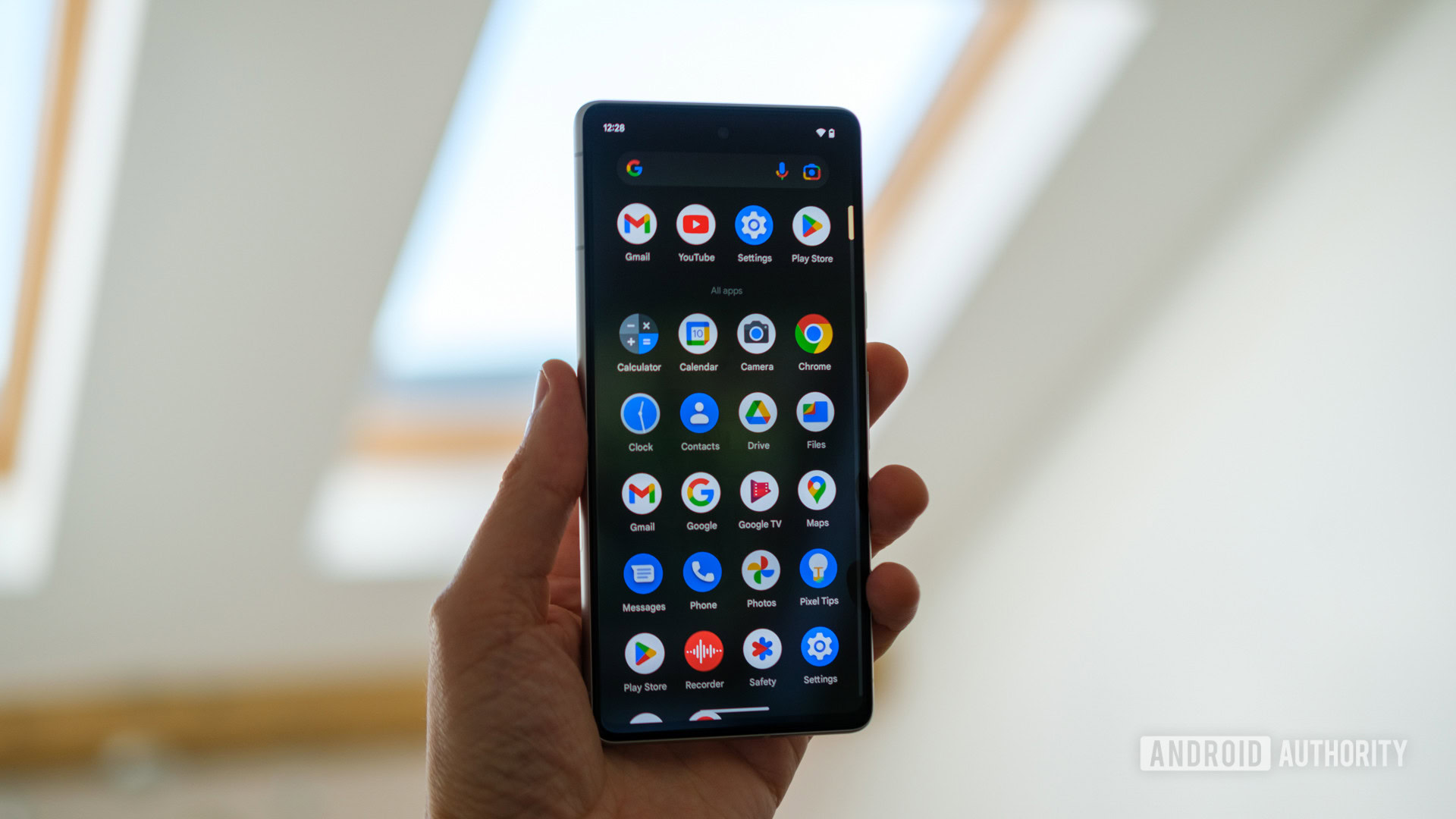
On that note, the Pixel 7 series sale pitch is just as much about Google’s extended services as it is about the phone’s hardware. Freebies like three months of 100GB Google One storage and YouTube Premium aren’t just there to sweeten the deal, Google wants you to be using these services in the long term across the family home. The latest addition of free VPN use for Pixel 7 customers later this year further cements the idea that Google is a one-stop-shop for your hardware and software needs.
The Pixel 7 series sale pitch is as much about services as it is about hardware.
In some sense, the Pixel 7 feels like Google closing in on that elusive full circle. Years of separate investments into the increasingly smart Google Assistant, smart home ecosystem support, associated Drive services, and various AI smarts have helped build a handset that is useful at pretty much everything you could ever ask it to do.
Google certainly doesn’t have a very good reputation for pulling its various services together, but the Pixel 7 finally feels like a focal point the company is rallying behind. And it does it all without an overkill processor or price tag.
Is the specs race (finally) over?
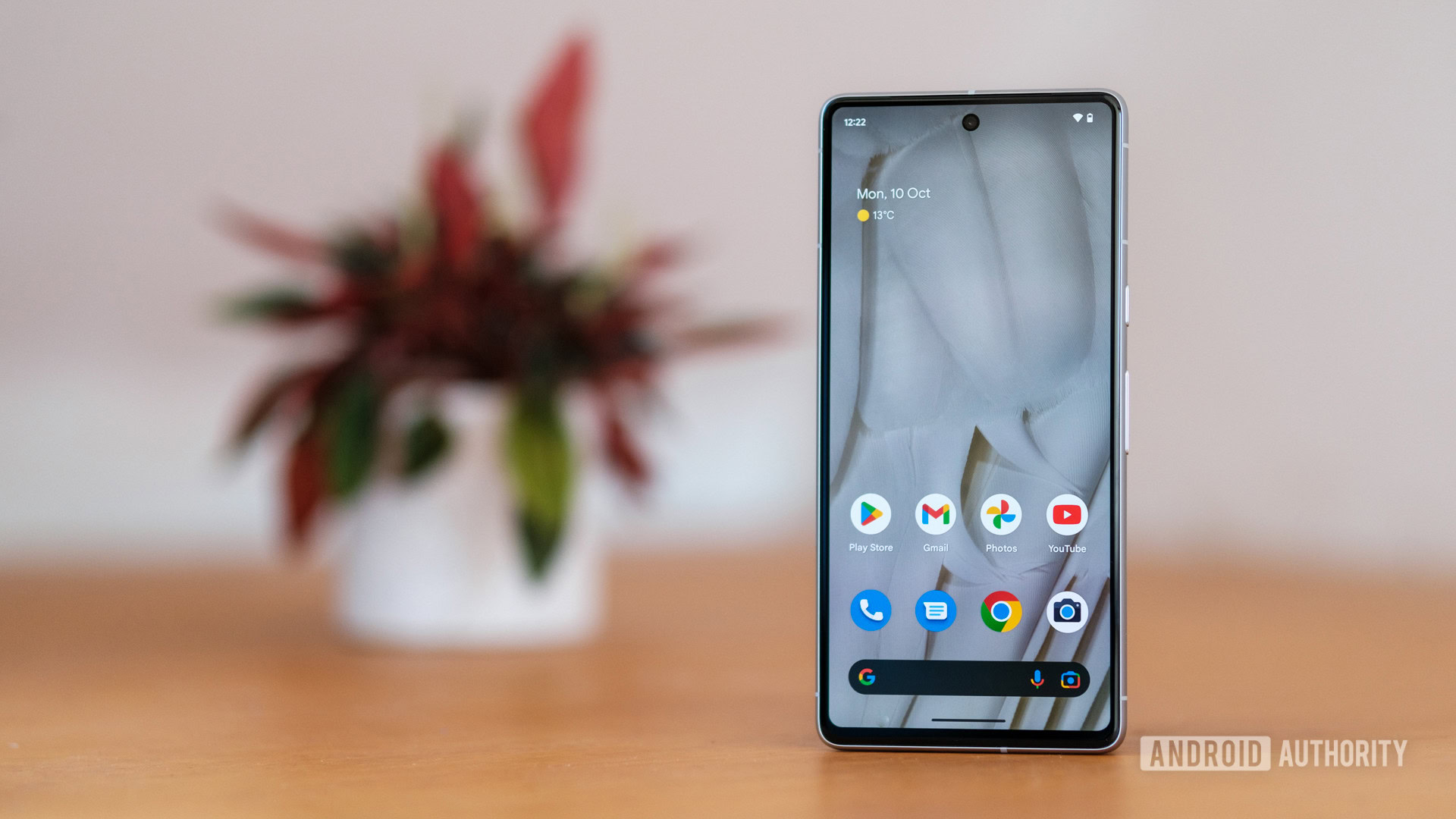
Google isn’t the only company less interested in the specification-waving contest these days. Apple doesn’t fawn over too many hardware specifics, instead focusing on comparative numbers like 2x faster and, more important, the features powered by new hardware. Whether that’s Dynamic Island, a brighter display for better outdoor viewing, or Action Mode for improved digital video stabilization.
More specifically, the iPhone 14 and 14 Plus don’t even include the very best processing hardware Apple has to offer. That’s reserved for the ultra-premium Pro and Pro Max, yet no one can really suggest the experience is paired back to an unusable degree on Apple’s cheaper models — far from it, in fact. Rather, Cupertino says the slightly older hardware still powers everyone’s most important needs, except those who have to have the absolute best. That’s a very similar line to Google’s Pixel series, albeit at a much lower price tag than Apple’s approach and with silicon parity across the regular and Pro models.
Big brands increasingly talk about what their phone can do for you, rather than how they do it.
Of course, that won’t necessarily please the small market of hardware enthusiasts that tend to pay close attention to benchmark scores and seek out bleeding-edge hardware. But you only have to look at sales data for Apple, Google, and Samsung to note that most consumers aren’t buying the ultra-premium showcase handsets anymore. Given that mid-to-flagship-tier smartphone hardware is, by and large, “good enough” and has been for a few years, brands need to look at the big picture and focus on adding value outside of the traditional hardware package.
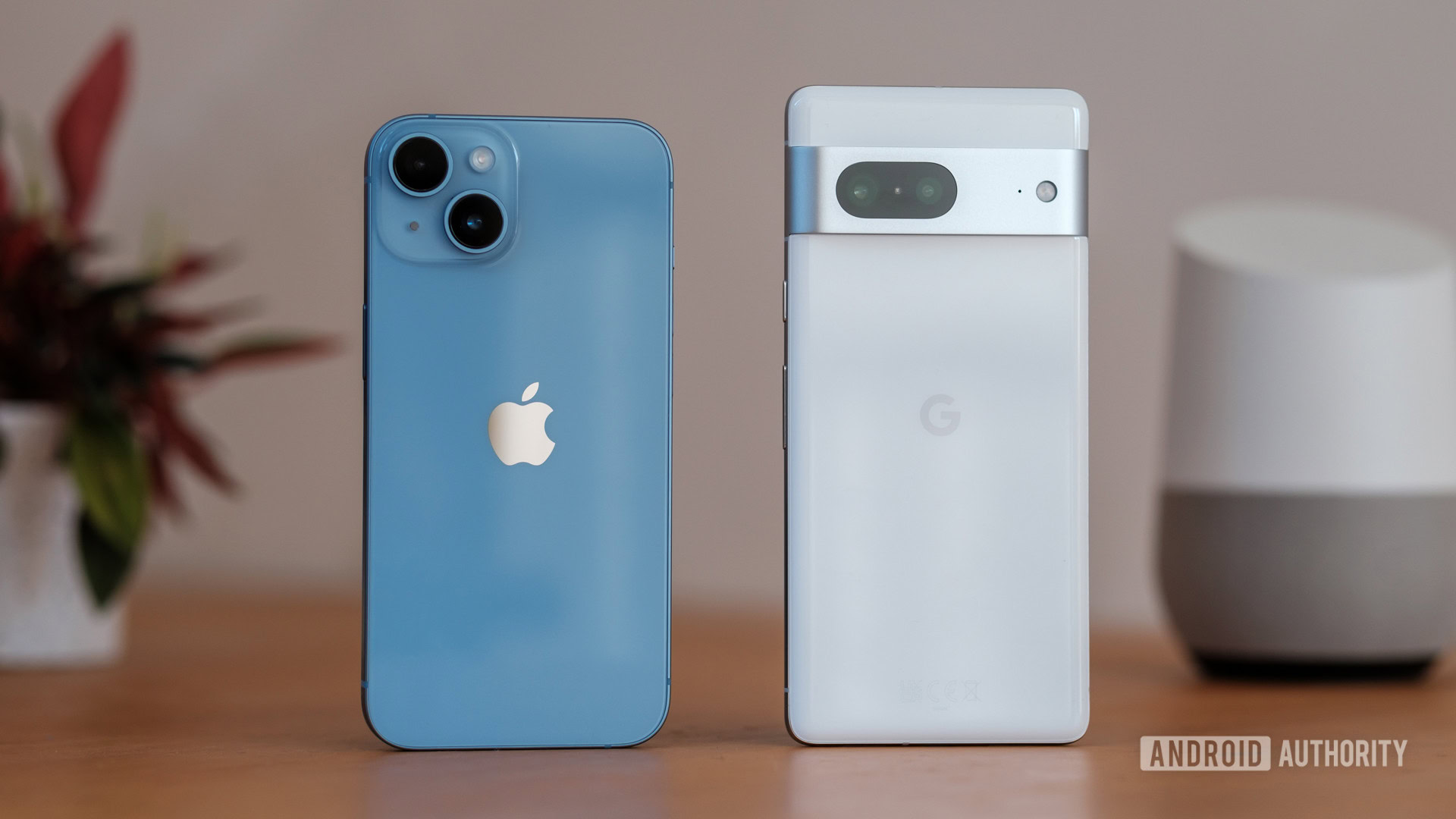
With that in mind, my early takeaway from my time with the Google Pixel 7 is that it might turn out to be the best all-around smartphone money has ever been able to buy. While it’s true that it’s not hugely different from the Pixel 6 and doesn’t have all of the fanciest photography, charging, or gaming features some customers might want, it’s brilliant for what virtually everyone needs on the day-to-day.
The Google Pixel 7 might turn out to be the best all-around phone money has ever been able to buy.
A big part of that is down to the fact that Google eschewed the specs race and built a phone from the right components for the job, with an eye on unique, useful user experiences and value for money. At least in that sense, the spec race is more meaningless than it’s ever been, and thank goodness for that.

